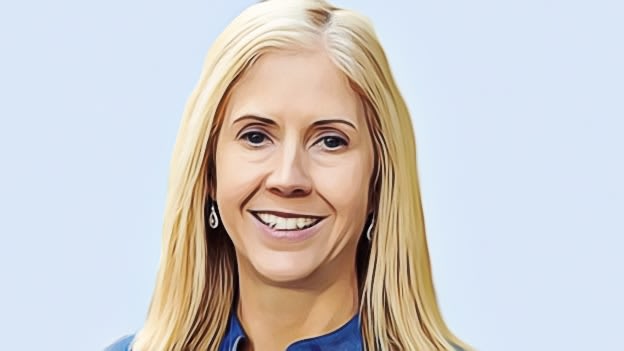Alignment for D&I: one step forward, one step back, says AHRI CEO

The conversation around diversity and inclusion intensified in the last year, especially with COVID-19 pushing organizations to recognize issues such as flexibility and mental health that had previously been swept under the carpet. But there's still work to do, and not everyone is on the same track even now. People Matters asked Sarah McCann-Bartlett, CEO of the Australian Human Resources Institute, to share some thoughts.
Also Read...
2020 was a year for rethinking a lot of things about business, including what diversity and inclusion means and how it's handled. What do you think were some of the best D&I practices that last year really highlighted?
I saw 2020 as a year of much needed alignment for diversity and inclusion, rather than about any one specific practice or program standing out.
The anti-racism stance and commitment to action of many organizations aligned with employee expectations of their employers, bringing the two together to commit to creating change both externally and inside the organization This in turn, opened up space for conversations and self-learning about racism that have started to create understanding of the lived experience of employees of color and the racism, hurdles and micro-aggressions they continue to face even when workplace representation is increasing.
In addition, employers’ awareness and understanding about disability, particularly in relation to mental health grew in 2020. Lockdowns and remote working raised mental health as a critical concern for employers and we saw interventions by employers improve and broaden, ranging from program offerings such as Zoom yoga or meditation, expanded use of Employee Assistance Programs, greater flexibility within the working day for breaks and the facilitation of shared conversations about employees’ struggles and strategies to manage mental health.
Flexibility was the winner in 2020—the need of many organizations to embrace flexible work practices has benefited many groups of employees, particularly those with caring responsibilities, who are more likely to be female.
And as we move into 2021, I have hope that these will result in the ongoing prioritization of organizations’ diversity and inclusion programs so they align even more with diverse employees’ needs and drive real change in workplaces.
Conversely, what gaps did 2020 highlight in organizations' policies and practices? What are the areas that clearly still need work?
In 2020, we saw enormous backward steps for diversity and inclusion at government policy level. During COVID, women lost jobs at a greater rate than men, women’s health was at greater risk than men’s because more of them were frontline workers and domestic violence increased significantly during lockdowns. To even stand still, these issues required robust policy responses targeted at supporting women, however few governments recognized this and made the interventions that specifically addressed these issues.
I also feel that our diversity and inclusion metrics are often very simple and focused on representation, and some say that many diversity and inclusion initiatives are not designed to achieve meaningful and ongoing organizational change.
We often think of gender diversity as a starting point for D&I. In your experience, what are good ways of widening the conversation to other forms of inclusion?
I think that this is changing, and that change accelerated further in 2020 with #blacklivesmatter. However, we still focus largely on visible diversity—gender, color and some physical disabilities. To widen the conversation, workplaces should look at intersectionality and understand the range of invisible diversity and disability that may exist among their employees so that their diversity and inclusion initiatives can be designed to work across diversity dimensions.
However, we must not forget that while we have been talking about gender equality since the late 19th century, we still have gender pay inequity, sexual harassment where women are disproportionately victims, and low representation of women in leadership, politics and even certain professions.
This year, International Women's Day is themed around challenging bias and inequity where we see it. Within the HR profession itself, what do you think are some existing biases and inequities that could be addressed?
HR practitioners tend to be in the lead when it comes to diversity and inclusion. However, there are gaps that still need to be addressed. The first is recruitment where we too often hear the excuse that there isn’t a sufficiently diverse talent pool. We also see a lack of focus on actively developing diverse talent internally.
However, the biggest challenge that we still face is sexual harassment and abuse against women, and this must be addressed at all levels as a matter of priority.
There's a conversation around whether HR professionals should really be the people responsible for driving D&I, and one report by the Josh Bersin Academy argues that the impact HR can make on D&I is actually limited. What's your view on that?
Just like the finance department can’t make a business profitable on its own, HR can’t create a diverse and inclusive organization alone. Diversity and inclusion is a specialization within HR—there is a growing body of knowledge and practice that requires expertise and that aligns appropriately with the HR function. However, I strongly believe that while HR has a key role to play in leading an organization's diversity and inclusion strategy and programs, like any change program it requires leaders and managers to drive diversity and inclusion within their teams, and ensure the CEO and executive teams are active sponsors of diversity and inclusion.
Also Read...
















